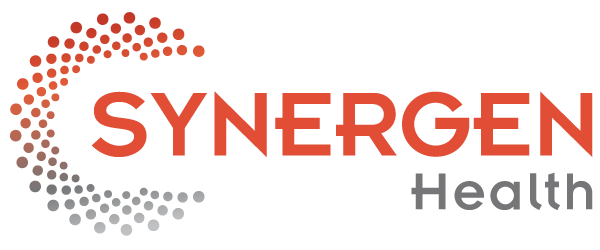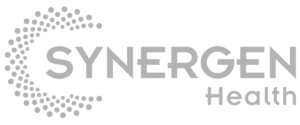As payers pour resources into new technologies and expert staff to combat fraud, maintain compliance, and enhance the efficiency of claim handling, providers encounter numerous obstacles that put them at a competitive disadvantage.
While payers arm themselves with teams of actuaries, compliance officers, and technologists, providers often struggle to keep pace. This technological asymmetry has profound implications for providers’ ability to efficiently navigate the complexities of reimbursement—it’s akin to playing checkers while the opposition plays chess.
To thrive in this environment, providers must embrace innovative solutions and expertise to level the playing field.
Challenges Faced by Providers
Providers, ranging from individual practices to large healthcare systems, encounter numerous obstacles in their efforts to effectively adjudicate claims and secure timely reimbursement.
These challenges include:
- Lack of resources: Providers often lack the financial resources and expertise to invest in cutting-edge technology and talent comparable to those of payers.
- Complexity of regulations: Healthcare regulations are constantly evolving, presenting a formidable barrier for providers to navigate without dedicated compliance specialists and sophisticated technology.
- Rapidly changing payer rules: As technology advances, so do payers’ tactics to combat fraudulent actors. Providers without robust rule detection capabilities are vulnerable to financial losses.
- Inefficient processes: Manual or outdated adjudication processes hinder providers’ ability to efficiently process claims, leading to delays and potential revenue loss.
The Urgent Need for Technological Advancement
To address these challenges effectively, providers must recognize the critical importance of leveraging advanced revenue cycle management technology and expertise.
Merely maintaining the status quo is no longer sufficient in an environment where payers continually raise the bar for efficiency and compliance. By embracing technological advancement, providers can:
- Enhance efficiency: Automated adjudication processes powered by artificial intelligence (AI) and machine learning can significantly reduce the time and resources required to process claims accurately.
- Detect changes in healthcare regulations: Advanced data analytics tools can identify patterns indicative of regulatory changes, allowing providers to proactively adapt their processes and procedures to remain compliant.
- Ensure payer compliance: Sophisticated compliance software equipped with real-time monitoring capabilities enables providers to stay abreast of regulatory changes and mitigate compliance risks.
- Improve patient experience: Streamlined adjudication processes result in faster claim resolution and fewer billing errors, enhancing the overall patient experience.
The Role of Revenue Technology Partners
Given the complexity and pace of technological innovation in healthcare by the payers, providers cannot afford to go it alone.
Collaborating with technology partners who specialize in healthcare adjudication solutions is essential for staying competitive. Focusing solely on getting you paid, these partners offer:
- Expertise: Technology partners bring a wealth of experience and specialized knowledge in healthcare adjudication, enabling providers to benefit from best practices and industry insights.
- Cutting-edge solutions: By partnering with technology vendors at the forefront of innovation, providers gain access to state-of-the-art software and tools tailored to their specific needs.
- Continuous support: Revenue cycle management partners provide ongoing support and updates to ensure providers remain equipped to address evolving challenges and regulatory requirements.
Revenue Cycle Management Technology Success Stories
We’ve helped several providers successfully navigate the transition to advanced revenue cycle management technology to improve performance.
- Radiology Group in Washington D.C.: By implementing an optimized collections and denial management system, they reduced billing turnaround time from 7 to 4 days and decreased days in A/R from 49 to 25 days.
- Large Toxicology Laboratory: After implementing DOCTRIX Analytics and setting up an automated billing process with in-built claims scrubbing rules, they increased their average monthly collections from $1.5M to $2.3M and reduced their 90+ insurance A/R by 60%.
…reduced billing turnaround time from 7 to 4 days and decreased days in A/R from 49 to 25 days.
…increased their average monthly collections from $1.5M to $2.3M and reduced their 90+ insurance A/R by 60%.
Closing the RCM Technology Gap
Considering the rapid technological advancement and increasing regulatory complexity, providers must equip themselves with the partners, tools, and expertise necessary to compete effectively in healthcare adjudication.
By partnering with technology experts and embracing innovative solutions, providers can streamline processes, enhance compliance, and protect their revenue streams.
Looking to close the technology gap to boost financial viability and deliver high-quality care? We’re here to help.




